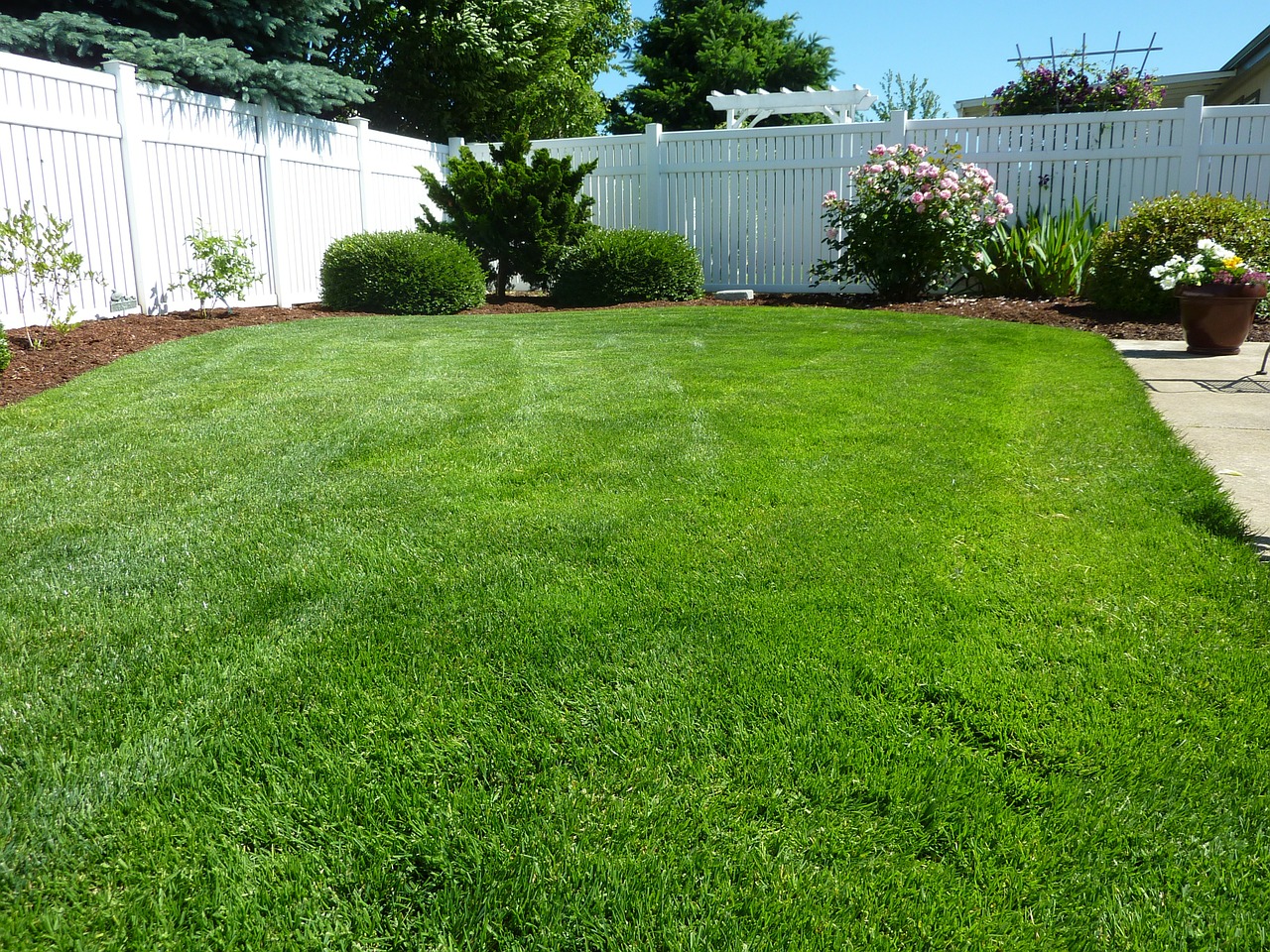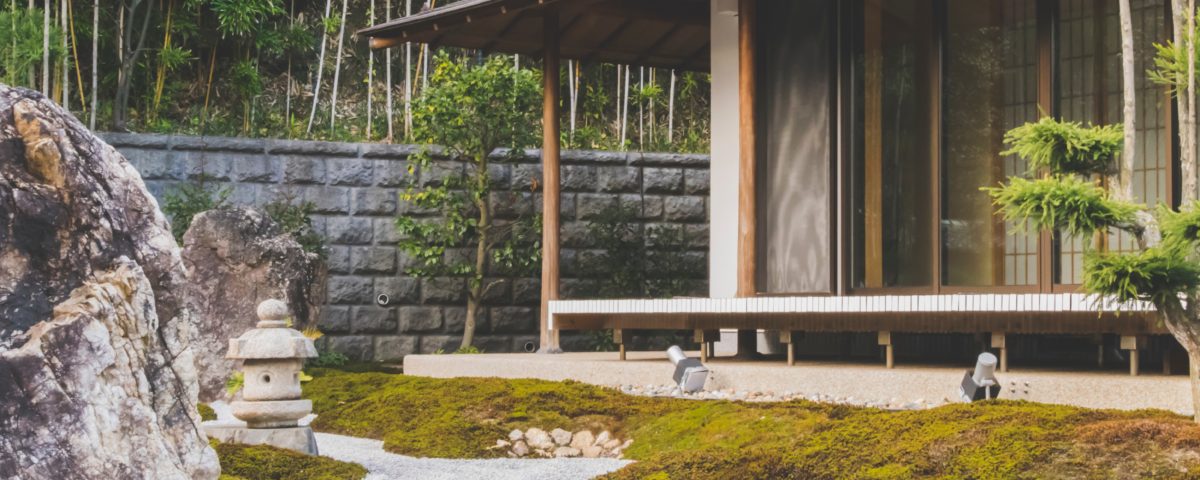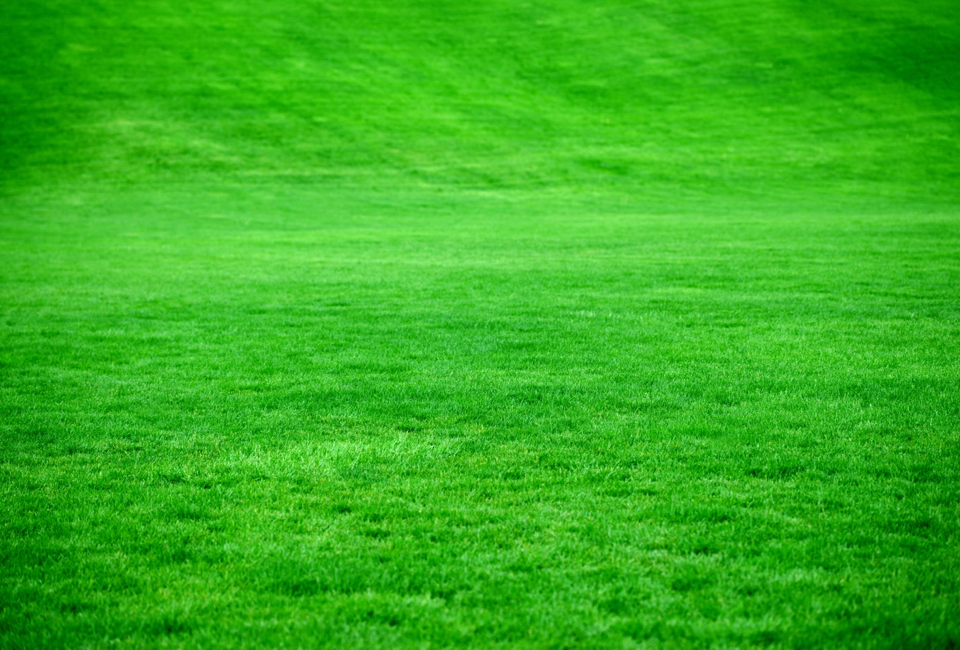
4 Things to Consider for Your Landscape
January 31, 2020
Why is Water So important to Landscaping?
February 2, 2020Part of achieving your landscaping goals means that you are always flexible and making the most out of the space that you have. Some people don’t have the luxury of full sunlight on the entirety of their property, so they need to adapt. That doesn’t necessarily mean that they can’t have a great landscape, it simply means that they will need to take a different approach. Shade isn’t necessarily a bad thing, as you can use it to your advantage on a hot summer day and even put plants in that don’t need as much sunlight.
The bottom line is that most properties have areas that are shaded. Instead of neglecting those areas entirely, why not use them to your advantage? That’s the main idea behind the following article, to plan a landscape area for shaded areas. If you go about things with a solid strategy and creative mindset, you can improve the curb appeal on your property and still create a fantastic landscape. Keep reading below to learn more about planning a landscape for shaded areas and remember to reach out to Cal Blend Soils for all of your landscape supply needs.
1. Determine the Degree of Shade Before Moving Forward
The first thing you should do after you notice that you have shaded areas on your property is to try to determine the degree of shade. Ideally, you will do this before you begin any landscaping activities to avoid making any mistakes that might leave your plants without the sunlight that they need. There are typically three different levels of shade, light shade, medium shade, and deep shade. Most plants are able to grow in light shade, although some might not reach their full potential. Fewer plants grow in medium shade, but there are still quite a few options to choose from. In deep shade, you will struggle to grow anything, so keep that in mind.
If you want to figure out the degree of shade on your property, simply keep an eye on the area you are planning to landscape for a few days. Check on the area multiple times throughout the day to see how much exposure to the sun that it receives. Only when you have a strong idea about the degree of shade should you move forward with your landscaping design. Remember that the levels of shade will change throughout the day, season, and based on where your trees are in their lifespan.
2. Choose Your Plants Wisely
Another smart thing to do if you are planning your landscape out in shaded areas is to choose your plants extremely wisely. This goes along with the first step we mentioned. Make sure that you are only selecting plants that will be able to grow in areas that are shaded to avoid wasting time, effort, and money. There’s nothing worse than spending time outside on your landscape to realize a few weeks later that your plants never stood a chance thanks to the shade.
It’s easy to find a plant at the nursery that you absolutely love, but don’t let that get in the way of you being practical. Some shade-tolerant plants you might want to consider for your landscaping include bleeding hearts, begonias, Pagoda dogwoods, and some types of azaleas. It will all depend on the level of shade that you are working with, so make sure that your selections are based on that. If you need any help selecting the right shade-friendly plants for your landscaping or simply would like to browse an incredible selection of landscaping supplies, reach out to Cal Blend Soils today.
3. Avoid Grass in Heavy Shade Areas
Sure, you might have read about certain types of grass that are apparently tolerant of shade, but do you really want to risk a yellow and faded area of your lawn all year long? That’s why it’s always best to avoid grass in areas that are heavily shaded. This is because most types of grass really struggle in shade. It can be extremely frustrating if you lay down the grass on your landscape and see it experience issues from the onset.
Instead of trying to plant shade-friendly grass in these types of areas, you should simply opt for a different approach. Grass that doesn’t get enough light will eventually turn brown or yellow and become an eyesore for your landscape. You might want to go with foliage plants or other plants that are able to thrive in sunlight instead. Don’t make the mistake of trying to plant grass in heavily shaded areas, especially since you will have to fix it at some point.
4. Create a Shaded Relaxation Area
Perhaps the best approach to dealing with areas of your property that don’t receive sunlight is to transform them into outdoor living spaces. The idea here is to create a relaxing shaded area that you can spend time in when the sun is out in full force. Sometimes spending some time in the shade is the only way to cool down on a hot summer day.
You can purchase outdoor lawn furniture and even consider adding a pavilion to your property if you have space. The sky is the limit for your shaded relaxation area, all you need is some creativity and a willingness to explore new options.
Just because you have a shady area of your property doesn’t mean it has to hold your entire landscape back. By keeping the things mentioned above in mind during the planning phases, you can easily make the most out of a shady area of your property. Remember that if you are having trouble growing plants on your property, it might be a result of a lack of nutrients in the soil. You can always reach out to Cal Blend Soils for the best landscaping supplies to deal with any issue on your property.


